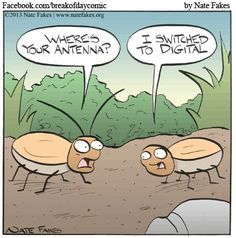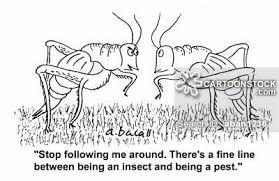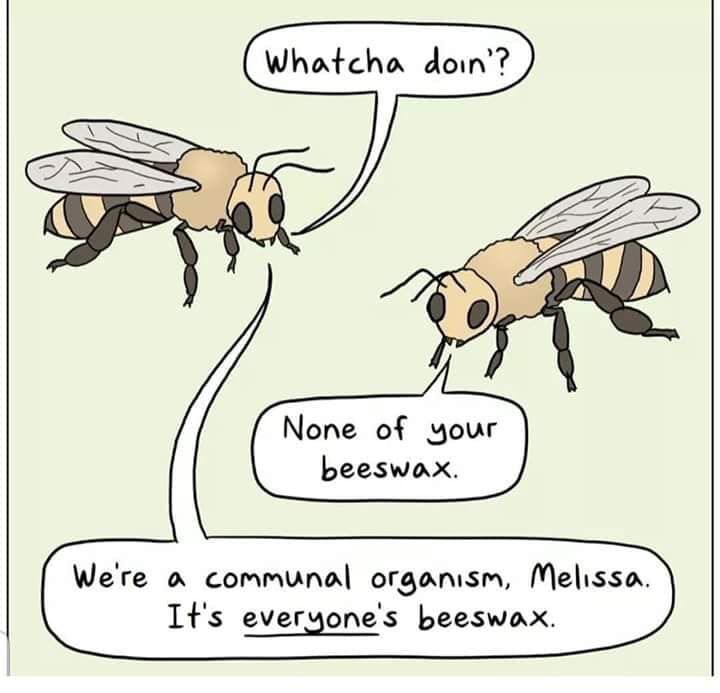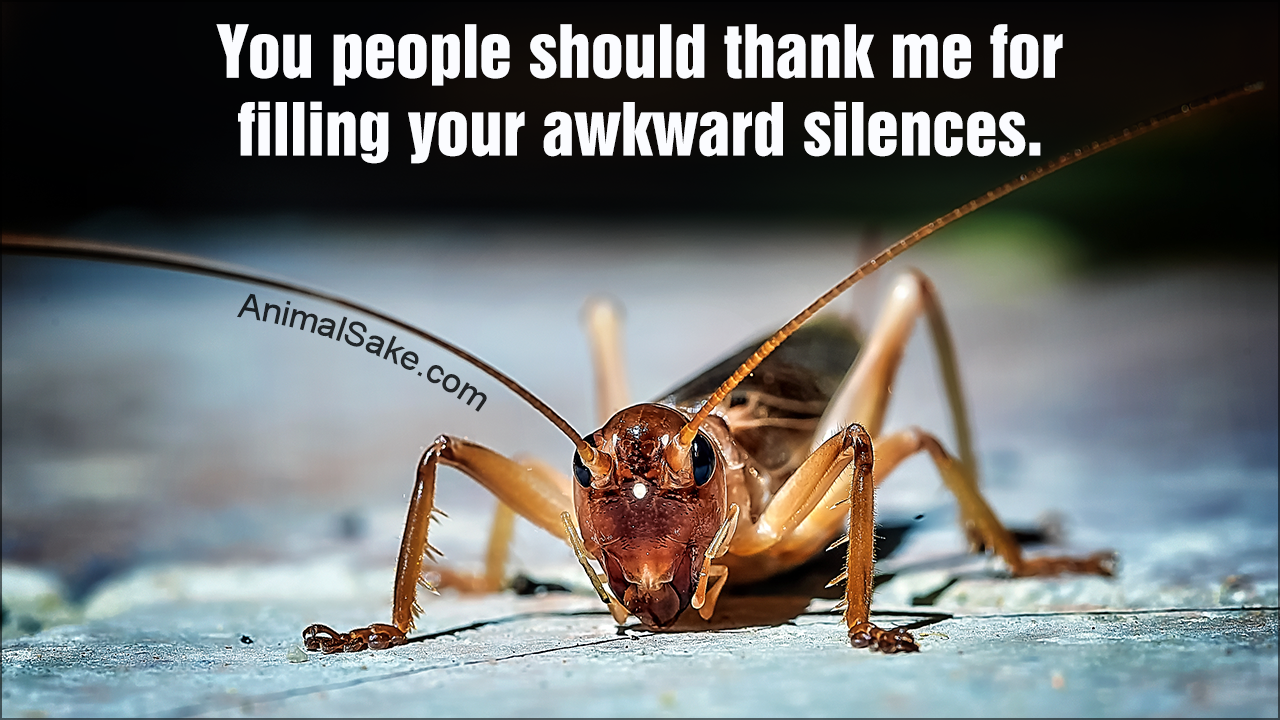Dots, Crickets and Kissy Faces

It's not exactly a cricket...
I messed up on a TradeMe auction recently. The person was selling a secondhand fridge I thought was priced too high at $300, given its age. I put in an offer for $200 which was rejected. After the auction closed with no one bidding, I contacted the seller on another of their auctions to say I was still interested in the fridge at $200. Their reply was ".." and that's the last I saw of the fridge or them.
I wondered if the seller had accidentally typed a couple of dots and was going to reply further a little later. When there was no further response I used the handy all-encompassing encyclopedia of the internet. When I searched for ".." in a message, I found nothing. Then I tried searching for "..." (life gets tricky when you can misspell punctuation). At this point in the text, you may be feeling sorry for me that I am so out of touch I am not sure what SMS speech means and whether it is spelled correctly.
The literal meaning of "..." (called an ellipsis in formal punctuation) is there's a word or phrase left out which doesn't change the meaning of the text. This literal meaning wasn't useful to me in understanding the interchange. The actual meaning of "..." in text speak turns out to be discomfort, disagreement or being left speechless. "..." can also be flirty or suggestive based on the context; I don't think that's likely in this situation! I assume the seller wasn't happy with me contacting them outside the auction but I'll never exactly know the answer. Maybe the seller couldn't be bothered dealing with the fridge anymore.
Short form speech in digital communications, like "...", are a written form of slang. Slang used to be only spoken word, but so many types of communication are now blurred in nature. However, like all slang through the millenia, digital slang changes rapidly and identifies social groups; slang is one of the many ways humans differentiate who is 'in' and who is 'out'.
Another entertaining example of slang I came across this week was in the Queenstown Creative Writing Group. One member of the group asked another how their creative writing was progressing. The response was, "Crickets."
I thought I might have misheard the reply. Crickets? What do small insects who rub their leathery front wings together to make a noise have to do with writing? Again, you may be feeling sorry for my ignorance. The answer is reasonably obvious – the long form response would be, "I'm hearing crickets," meaning nothing is happening in the context of writing.
'Crickets' has been used to mean absolute silence or no communication for some time. As in, the cinematic metaphor of chirping crickets in the night, signalling silence in which you can hear a very quiet noise (noting crickets make noise at night while louder cicadas make noise during the day when there is more ambient sound). Cinematic crickets often imply a rural atmosphere rather than the noise of the city and all its people. Crickets stopping chirping can be used to signal something bad is about to happen.
'Crickets' has gone on to acquire various figurative uses, including:
- Disapproval: an audience that isn’t clapping. I very much hope I won’t be hearing crickets when I play ‘Squashed Frog and Other Stories’ at the Blue Door Bar in Arrowtown on the 19th of June.
- Lack of interest: we really hope the Christchurch stadium will be a huge success rather than the Crusaders finding they are playing to the sound of crickets in their expensive, oversize stadium.
- Lack of anything to say: as in our writing group.
I asked for a show of hands in the group to find out who understood 'crickets' without explanation. About half the group put up their hands. There was no obvious split based on country of origin or age – it wasn't clear who might be the in-group for 'crickets'. I'm not sure when the term evolved. According to ChatGPT 'crickets' became prevalent in the early to mid-2000s. However, most of the references I can find online are from ten years ago or less. Phew, I'm only potentially ten years out of date, rather than twenty.
Slang is fashion, which makes it both fun and potentially exclusionary. Using the wrong slang can lose you status in a group; using the wrong slang is worse than not using slang at all. Not understanding slang can lead to misunderstandings. I find understanding emojis bad enough; my mother finds it considerably harder.
However, misunderstandings of digital slang are not only related to age. When we were on holiday in Norway with Sarah and our niece Monica, Moni told us how she has been regularly using an emoji she completely misinterpreted. Moni has a very old and not very smart phone on which it is hard to see the details of emojis. When Moni wanted to imply being happy about something or for someone, she sent an emoji she thought was a smiley face but was actually a kissy face.
There's lots of room for misinterpretation of kissy faces, especially when the sender is a twenty-something. I was impressed how unfazed Moni was about it all. Perhaps Moni has the key to many current social challenges – hold your achievements lightly and your misunderstandings with an even looser grip.









